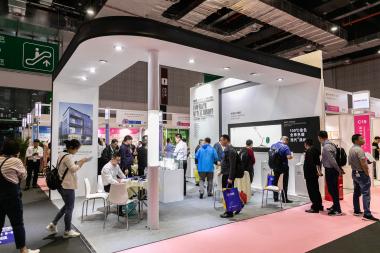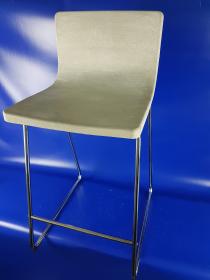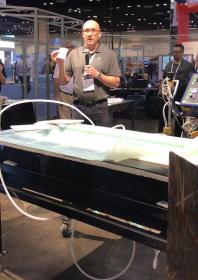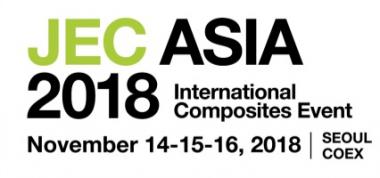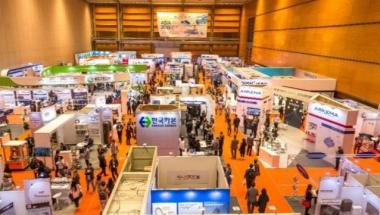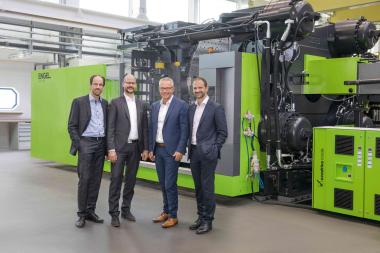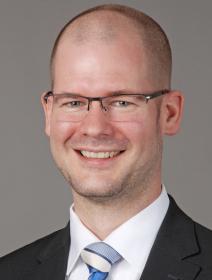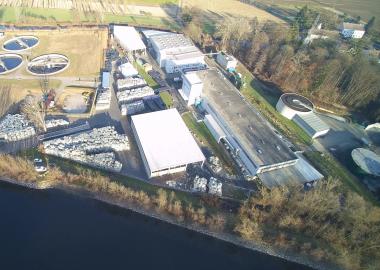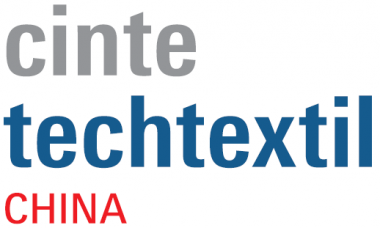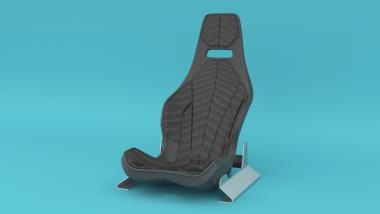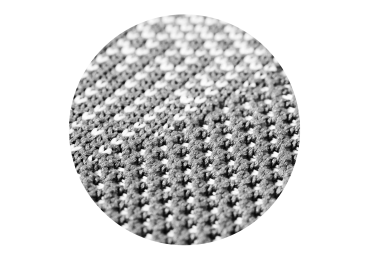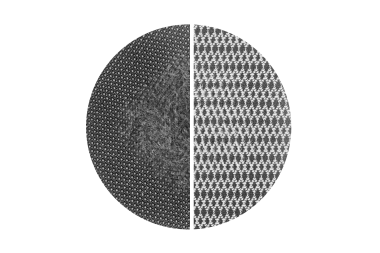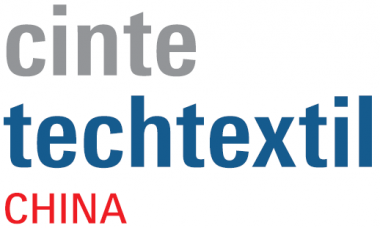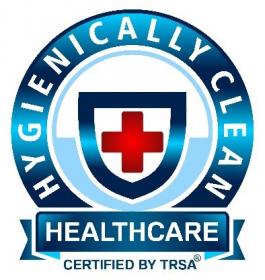PERFORMANCE DAYS: Awards for outstanding new developments in the area of function and sustainability
To receive an award at PERFORMANCE DAYS is the ultimate industry recognition. In selecting the winners of the (ECO) PERFORMANCE AWARDS, the jury handles with total integrity with no outside influence and is absolutely free in making its decisions. This season there are so many outstanding innovations at the exhibition that two awards are announced!
WATER – OUR RESPONSIBILITY, the current FOCUS TOPIC for the next trade fair on November 28-29th, seems to have spurred the PERFORMANCE DAYS exhibitors to peak performances. The trade fair has highlighted innovations every season for the past ten years, but seldom have there been so many outstanding new developments. So many in fact, that two awards are to be presented: the ECO PERFORMANCE AWARD for best sustainable development, and the PERFORMANCE AWARD for a new functional highlight.
And the winner of the ECO PERFORMANCE AWARD is:
The jury is highly enthusiastic about the nomination of the ECO PERFORMANCE AWARD winner and described the award-winning fabric as the best ecological solution currently available on the market. This extraordinary laminate from Jou Jou Fish combines various sustainable technologies. Article "JYRNP0002 307" consists of 100% recycled nylon and is designed with a micro-porous membrane (functional performance 15K/10K) that is produced without solvents. This saves a lot of water, plus the fabric is made from pre-dyed fibres (solution-dyeing) and the DWR coating is applied using a dry-finish treatment. The only thing that could improve it: as the polyamide is currently produced from postindustrial waste products, it would be nice to have option of using post-consumer polyamides in the future.
And the winner of the PERFORMANCE AWARD is:
The PERFORMANCE AWARD recognizes another pioneering development. Never before has there been such a fine, yet still tear resistant, highly functional fabric. The winner is article "DPQ 1092 DWR" from Green Threads and with only 17g/m² an absolute lightweight. Particularly fine nylon yarns are used (7d and 4d); a 4d yarn has never before been used in functional fabrics. This plus the extremely good tear resistance clinched it for the jury. Another plus for the winner: this lightweight fabric can achieve with just 17 g comparable performance values to a 50g fabric; thereby, not only is the weight significantly reduced, but also the amount of raw materials and energy consumed in production. This is also a factor that protects the environment when the garment is disposed at the end of its useful life.
Performance Days
PERFORMANCE DAYS ® functional fabrics fair









